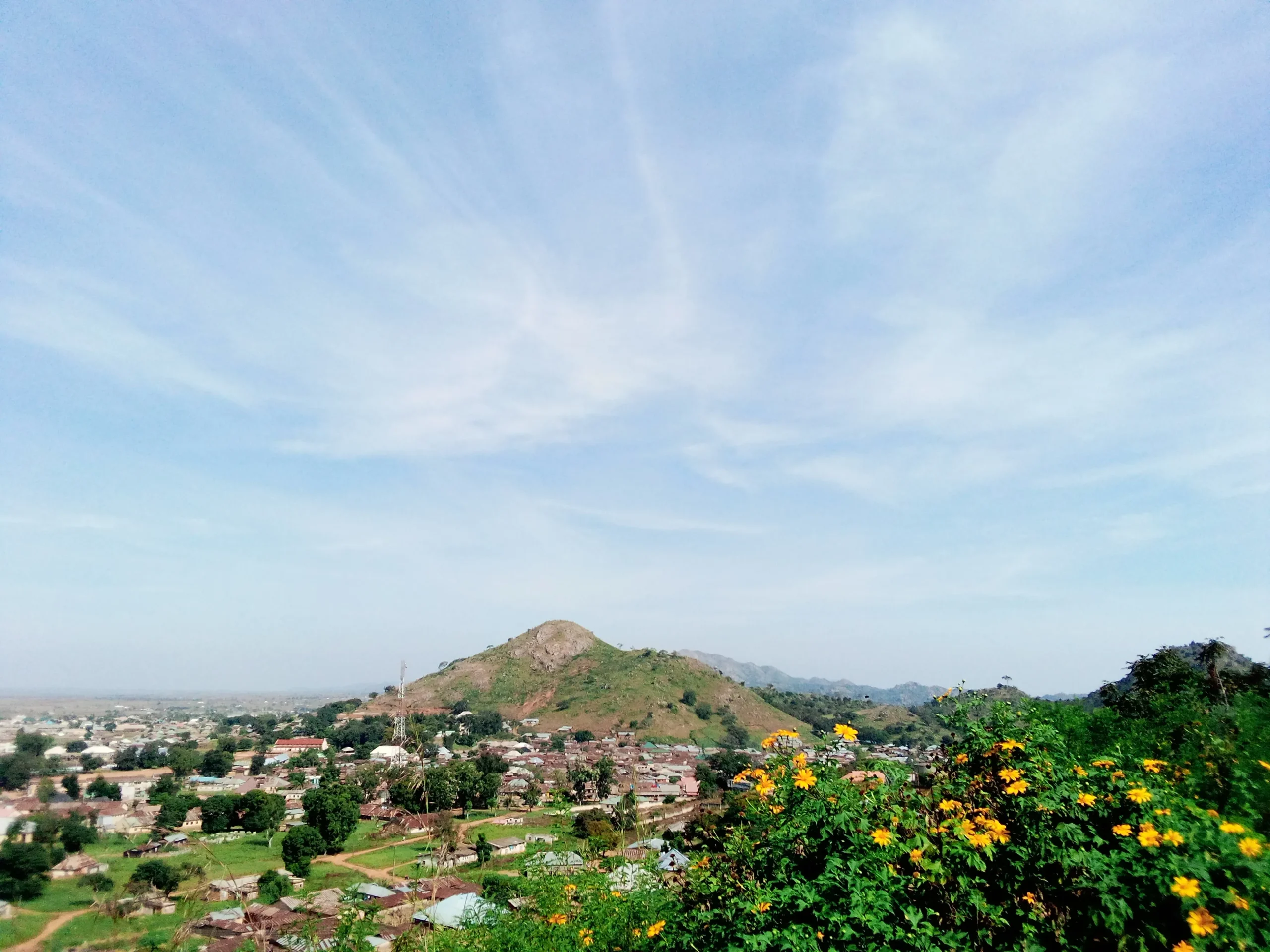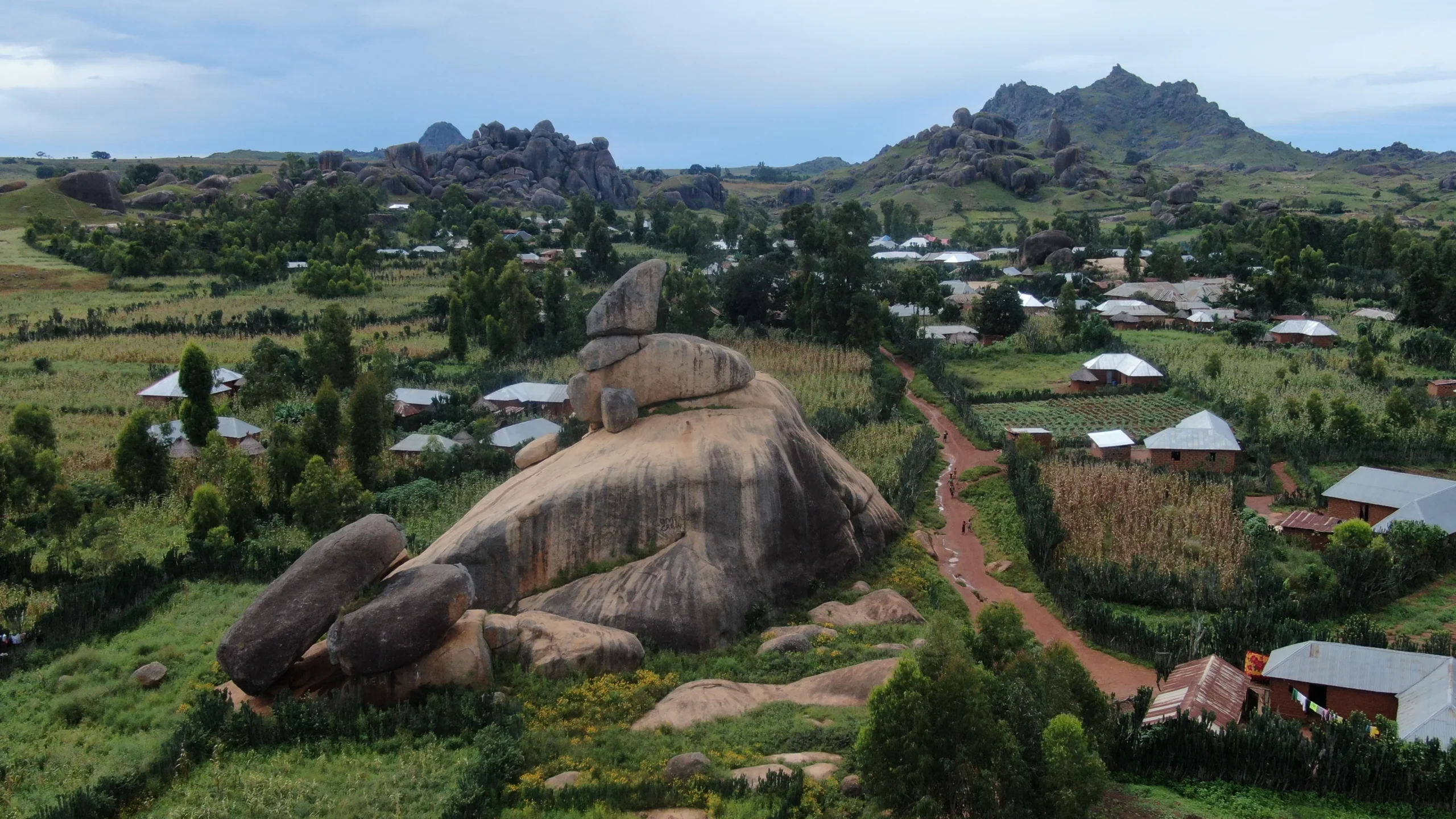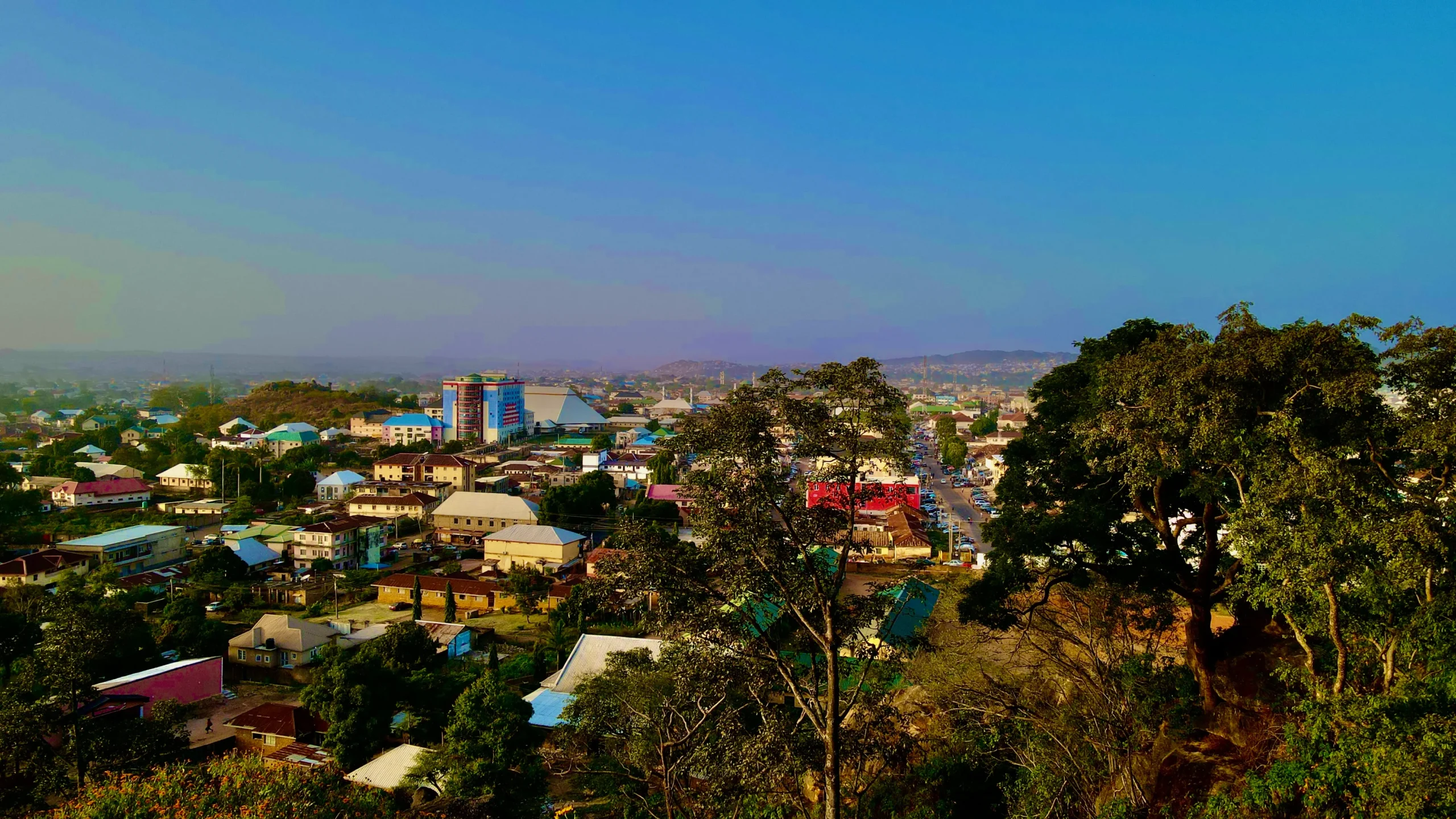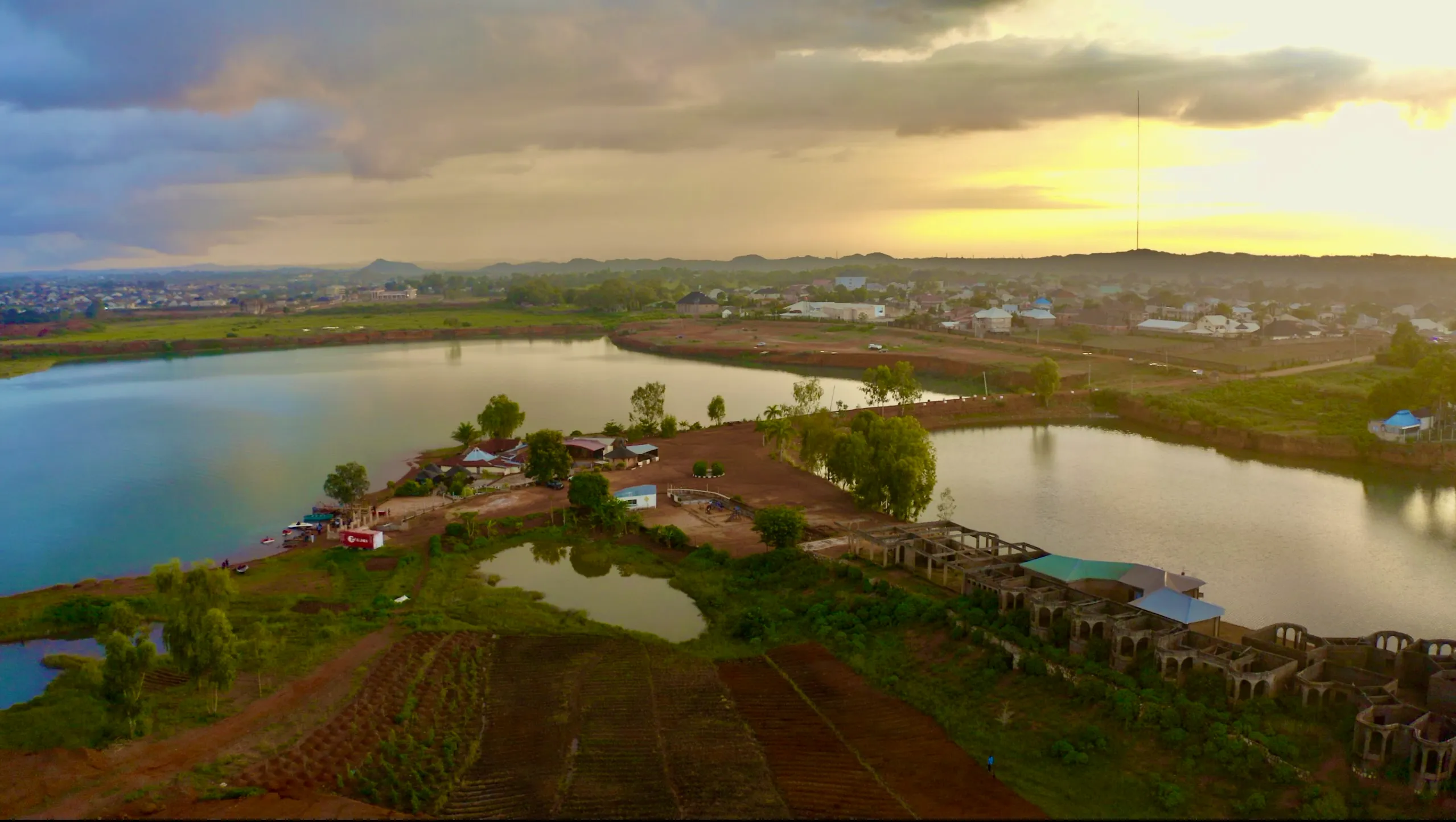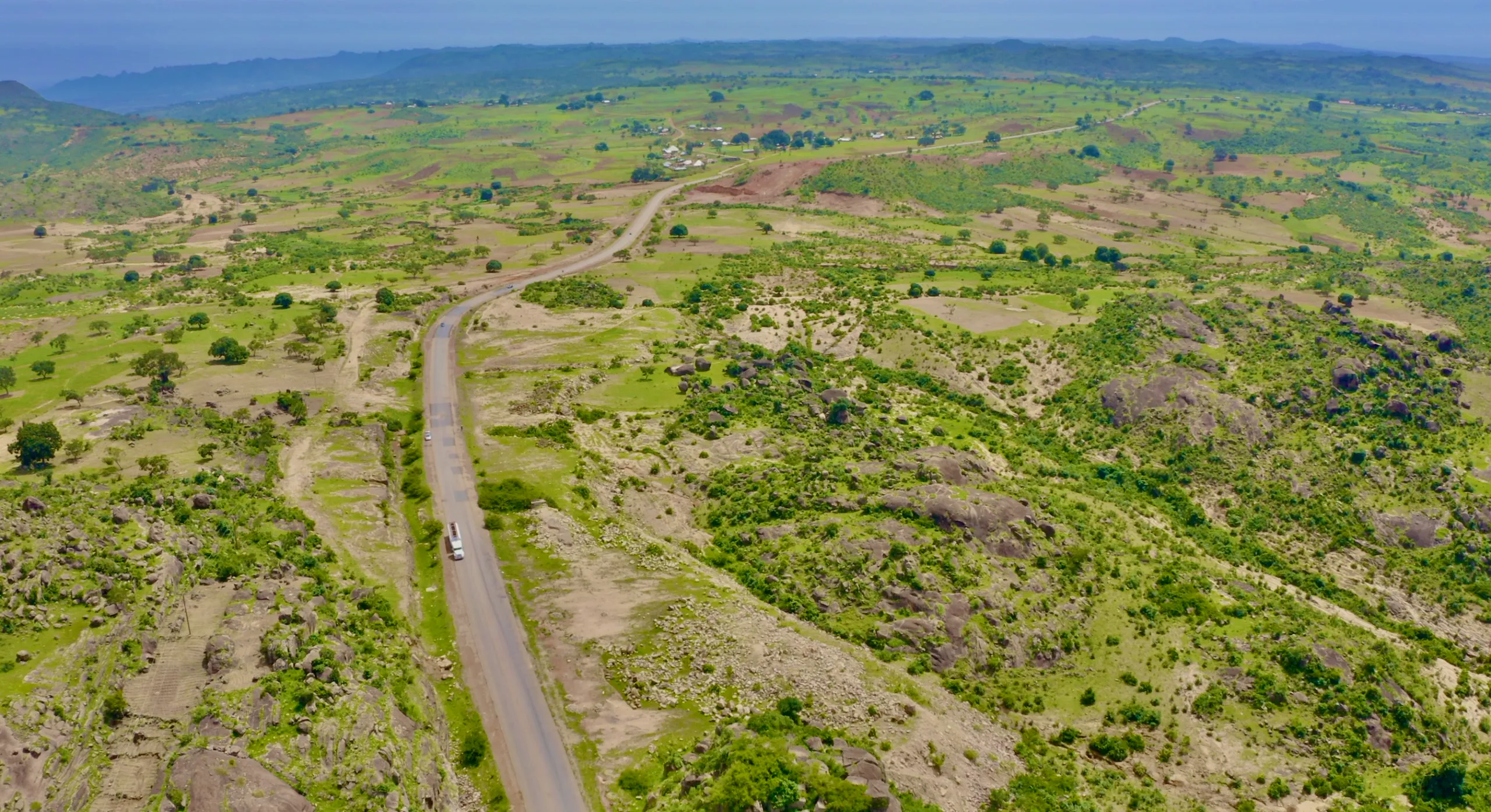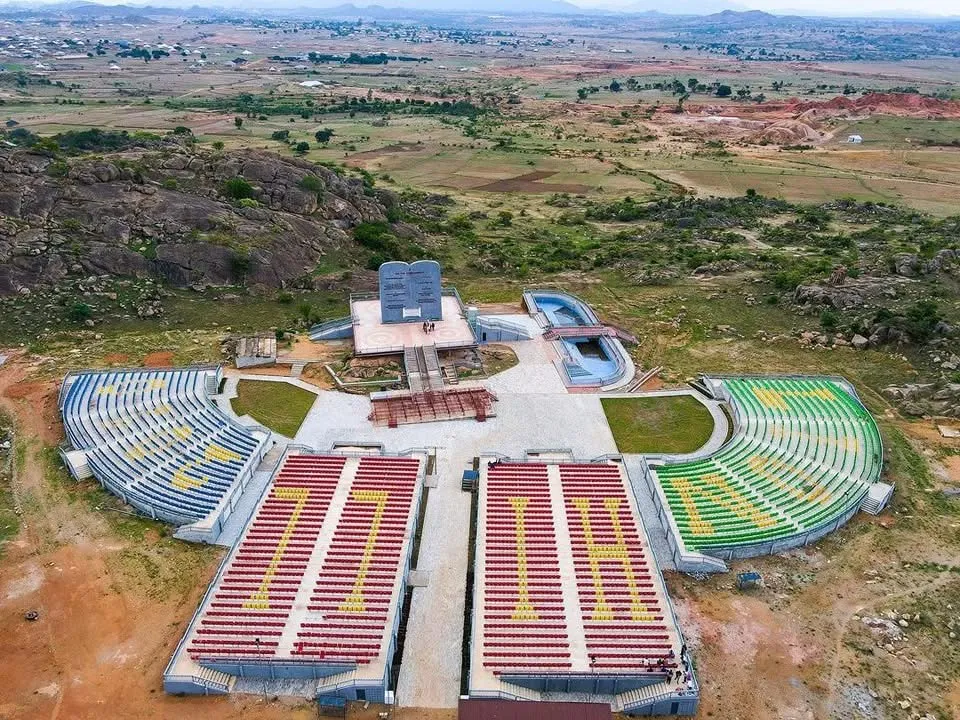Explore the Wonders of Plateau State!
Geographical Marvel
Plateau State, named after the enchanting Jos Plateau, captivates with its unique geographical features. Established in February 1976, it emerged independently from the former Benue Plateau State, later witnessing the creation of Nasarawa State in 1996.
Spacious Diversity
As the twelfth largest state in Nigeria, Plateau State is a masterpiece divided into three senatorial zones – North, Central, and South. Within its administrative brilliance lie 17 Local Government Areas (LGAs), each weaving its own tale through vibrant districts and wards.
Central Nexus
Nestled at the heart of Nigeria, Plateau State shares borders with Kaduna, Bauchi, Nasarawa, and Taraba States. Stretching across 2,174,700 hectares or 30,913 square kilometers (6,678,162 acres), it unfolds a panorama of diversity in landscapes and cultures.
Diverse Tapestry
Home to a populace of approximately 4.1 million, Plateau State embraces over 40 ethnic groups. From the dynamic Afizere, Anaguta, Aten, Atakar, Badawa, Bache, Basharawa, Berom, Bijim, Boghom, Buji, Chawe, Chokobo, Doemak, Duguza, Fier, Foron, Gashish, Goemai, Gus, Gwall, Ibas, Irigwe, Jahr, Janji, Jere, Jukun, Kadung, Kwalla, Kulere, Kurama, Lemoro, Miryam, Mushere, M’Chip, Mupun, Mwagwavul, Myet, Ngas, Pan, Pal, Piapung, Pyem, Ron, Rukuba, Sanga, Tarya, Tal, Taroh, Tehl and Yuom, the state resonates with the harmonious coexistence of varied traditions. Beyond indigenous tribes, Plateau State warmly accommodates communities from across Nigeria, fostering unity in diversity.
Cultural Symphony
Plateau State reverberates with the harmonious melodies of diverse languages and customs. Each ethnic group contributes to the vibrant cultural mosaic.
Agriculture in Plateau State
Delve into the agricultural sector of Plateau State, highlighting the cultivation and production activities that contribute to the region’s agricultural prowess.
The Agricultural Economy of Plateau State is predominantly agrarian, covering an estimated land area of 53,585.89 sq. km, with about two-thirds of it being arable. Major food crops cultivated include Irish potatoes, sweet potatoes, chili pepper, tomatoes, various vegetables, cereals, legumes, roots and tubers, and tree crops such as coffee, gum Arabic, cashew, citrus, mangoes, guava, and olives.
Livestock activities encompass cattle breeding & fattening, poultry production, sheep and goat breeding & fattening, quail production, turkey & rabbit production, and fish farming. The agricultural potential for supporting manufacturing activities remains largely untapped, hindering agro-industrial development. Notably, recent efforts on cassava and maize production indicate the untapped possibilities, with a focus on meeting the needs of poultry and livestock feeds.
The Geographical Distribution of Major Crops, Forest, and Livestock Products reveals that cereal crops represent 34%, root and tuber crops 32%, horticultural crops 21%, and forestry 13%. Irish potatoes dominate the root/tuber crops, while tomatoes lead the horticultural crops. Livestock production, particularly poultry (broilers & layers) and cattle breeding, takes precedence. There is potential for expansion in tree crops like coffee and tea due to Plateau’s unique climatic conditions.
Research indicates that major crops are widely grown across LGAs, with specific regions excelling in particular crops. For instance, Bassa, B/Ladi, Mikang, Shendam, Pankshin, Riyom, Wase, Jos East, Jos North, Kanke, Kanam, Langtang North, Langtang South, and Mangu excel in cereal crops. Quan Pan and Bokkos focus more on root/tuber crops. The production of horticultural crops is spread across LGAs, with tomatoes being the most predominant.
In livestock production, poultry (broilers & layers) leads, followed by cattle breeding. Sheep, goat, and fish farming are less prominent, with fish farming concentrated in LGAs with abundant mining ponds. Aquaculture is gradually gaining ground in the state. Overall, the agricultural economy holds significant untapped potential for diverse economic activities. Check out details of crops cultivated by each local government in the LGAs structure we have outlined
Flourishing as an agricultural powerhouse, Plateau State sees approximately 70% of its population engaged in farming. The fertile lands yield abundant harvests, supplying not only domestic needs but also thriving Agro-Allied industries.
The Physical Environment of Plateau State
Climate
Plateau State exhibits a near temperate climate on the Jos Plateau, with the lower parts characterized by hot and humid conditions. The state experiences warmer weather during the rainy season (April – October) and colder temperatures during the Harmattan period (December – February). Mean annual temperatures range from 20 – 25 degrees Celsius, and mean annual rainfall varies from 131.75cm (52 in) in the southern part to 146cm (57 in) on the Jos Plateau. Despite its tropical location, the higher altitude induces the coldest weather between December and February due to Harmattan winds.
Relief and Geology
Plateau State features high relief, especially in the north, rising steeply from 200 meters above sea level to an average height of 1,200 meters on the Jos Plateau. Peaks like Wase Rock and Shere Hills add to the diverse landscape. The geological composition includes younger granites, volcanoes, and basement rocks, contributing to its status as one of the mineral richest states in Nigeria.
Soil
Plateau State’s major soil units fall under tropical ferruginous soils, thinner on the high Plateau but deeper in the southern part. Various soil types respond differently to fertilizers, including loamy soil of volcanic origin in the high Plateau and clay in specific regions.
Vegetation
Falling within the northern guinea savannah zone, Plateau State boasts short trees, grasses, and mosaic vegetation. Different tree species are found across Local Government Areas (LGAs), with specific types like olive trees in Pankshin and gum Arabic and Baobab trees in Kanam and Langtang North.
Fauna
The LGAs house diverse fauna, including some endangered species like lions in Garga district and rare animals like the manatee at Pandam in Quan Pan LGA.
Water Resource Availability
Plateau State sources water from boreholes, rivers, ponds, streams, dams, and springs. The Plateau State Water Board plays a crucial role in damming, treating, and distributing water for various purposes. Numerous dams have been constructed, primarily for water supply, with rivers originating from the Plateau serving as tributaries to larger river systems in Nigeria.
Plateau State’s unique physical attributes, geological composition, soil diversity, rich vegetation, and abundant water resources contribute to its environmental significance and potential for varied economic activities.
Embark on a journey through the wonders of Plateau State, where nature’s beauty meets the richness of diverse cultures, creating a captivating narrative within the heart of Nigeria
